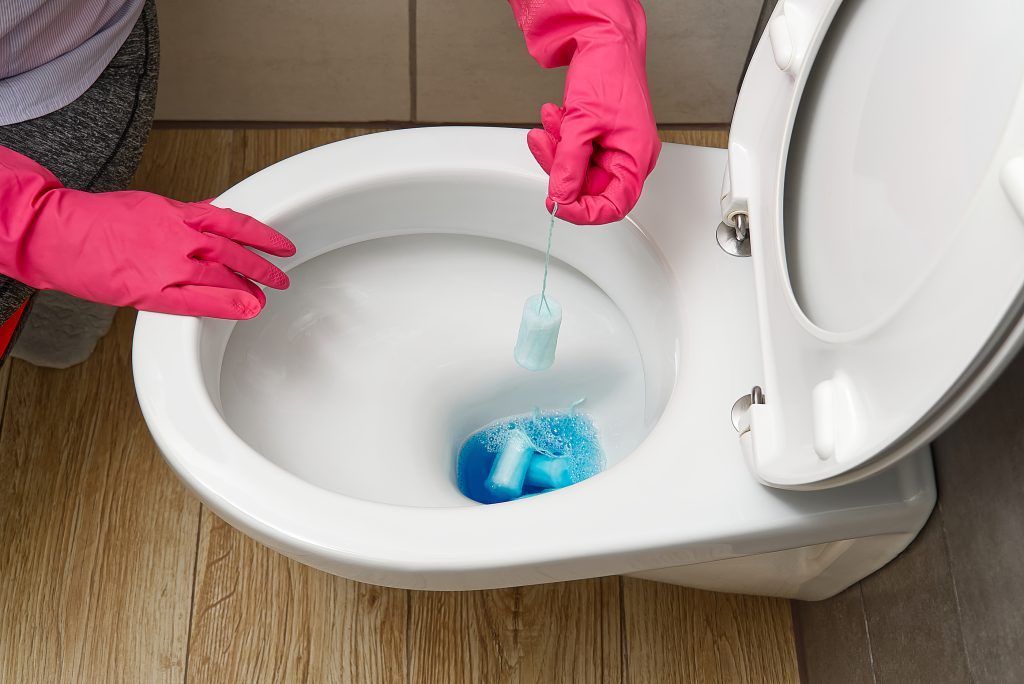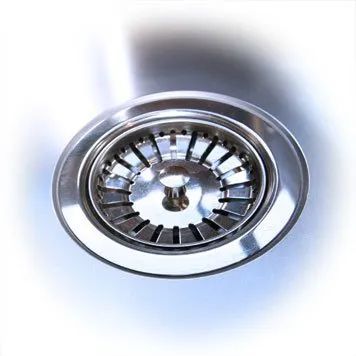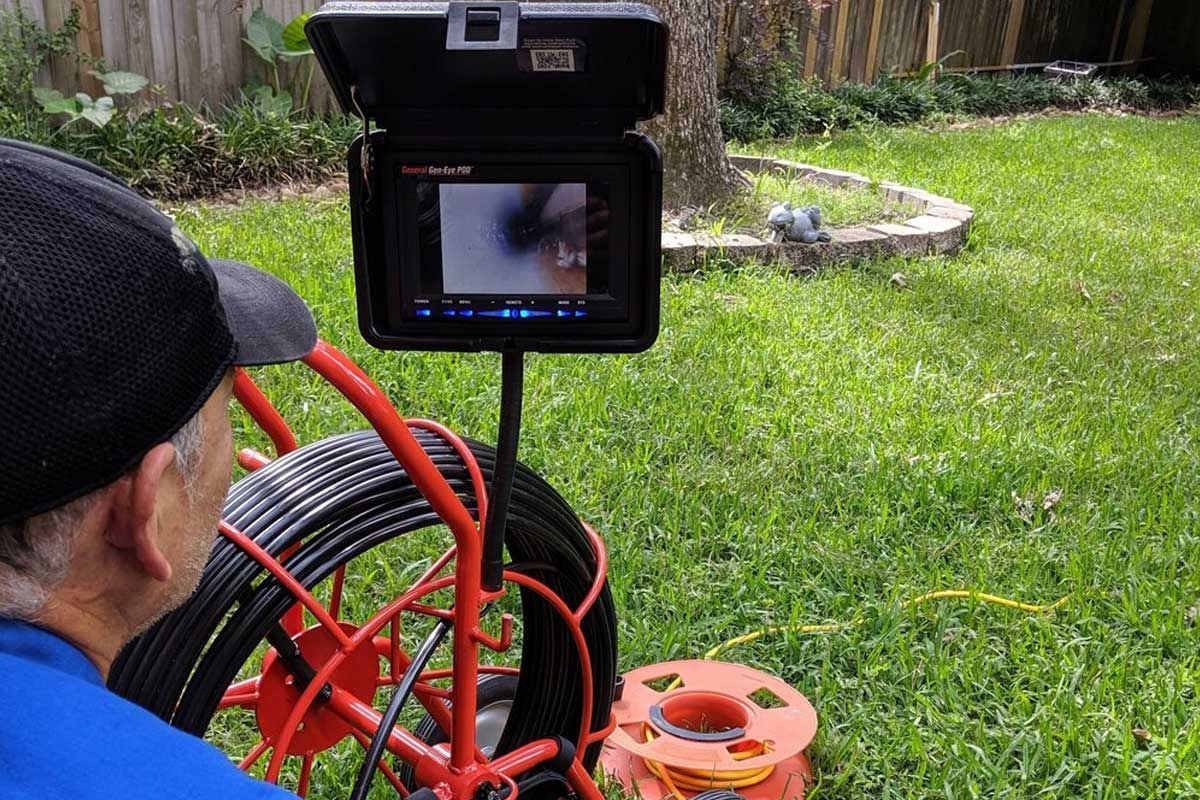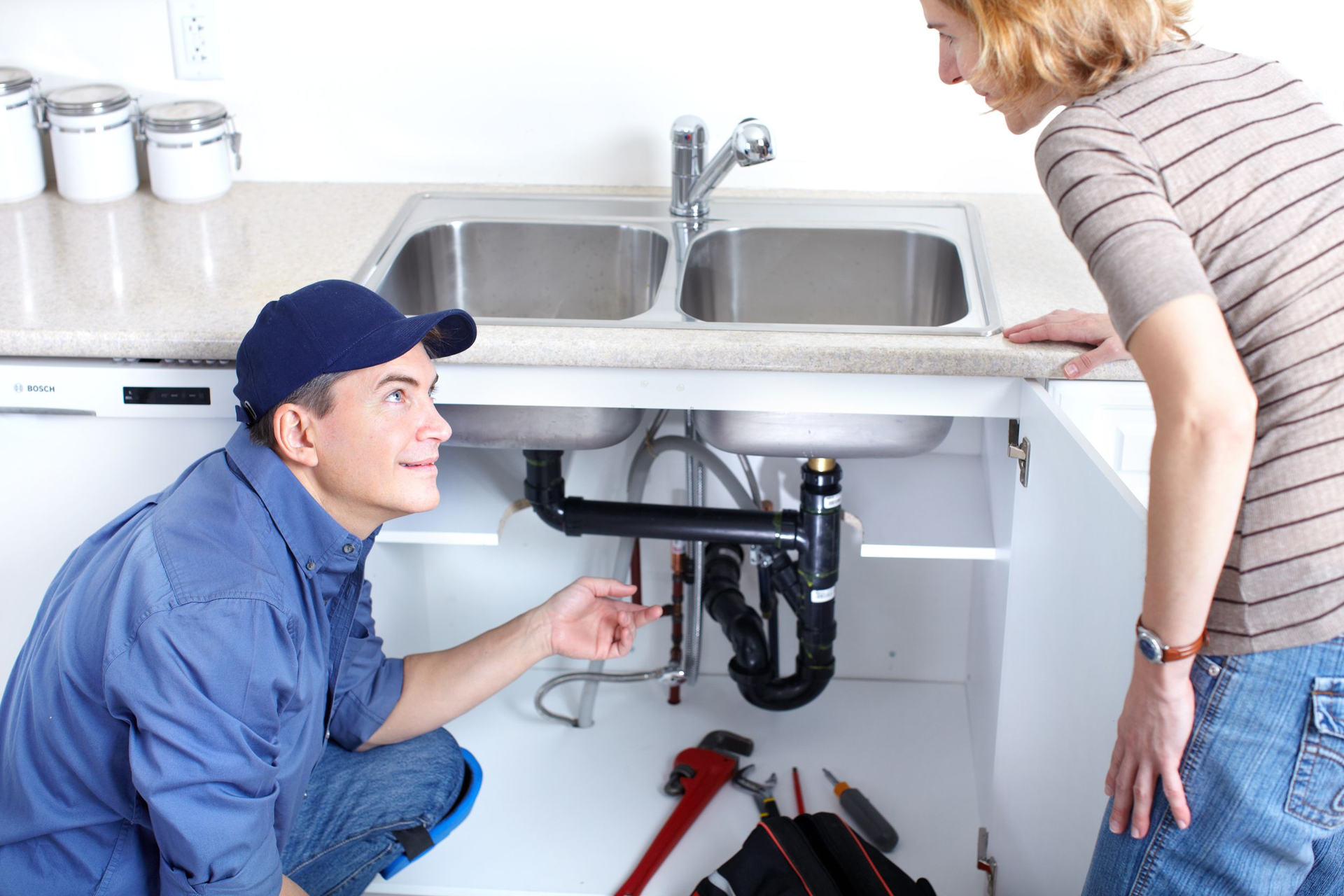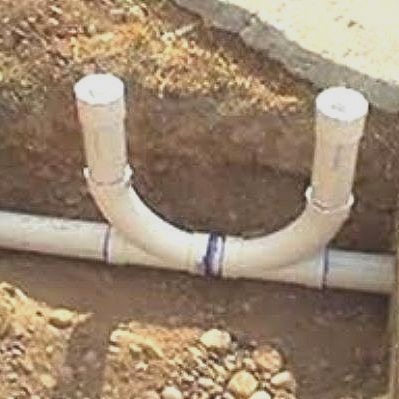Is it OK to Put Potato Peels Down The Garbage Disposal?
When it comes to whether it is OK to put potato peels down the garbage disposal, the answer is no, never. While garbage disposals are made and designed to handle a variety of food waste, potato peels present a unique challenge.
The skins of potatoes are fibrous and can become sticky when processed by the garbage disposal, leading to serious clogs. This will result in a significant amount of time and effort spent on unclogging the garbage disposal, which could have been easily avoided by disposing of potato peels in the trash or compost bin.
One common issue with potato peels is that they can create a paste-like substance when ground up by the garbage disposal. This potato skin paste can adhere to the blades and sides of the garbage disposal unit and the drain pipes, leading to blockages. Over time, these drain blockages can accumulate and become more difficult to remove, necessitating professional drain cleaning intervention for unclogging.
To avoid this potato peel hassle, it is advisable to dispose of potato skins in a manner that does not involve garbage disposal. Moreover, frequent disposal of potato peels down the garbage disposal can also necessitate frequent maintenance and cleaning of the trap. The clean trap is essential for maintaining the efficient operation of your plumbing system.
When potato peels accumulate in the trap, it can lead to unpleasant odors and affect the overall performance of your disposal unit. Regular cleaning becomes imperative, which can be time-consuming and inconvenient. However, by staying proactive and conducting regular maintenance, you can prevent these issues and ensure the optimal performance of your disposal unit. Call Drain Brain LLC at 720-322-4845
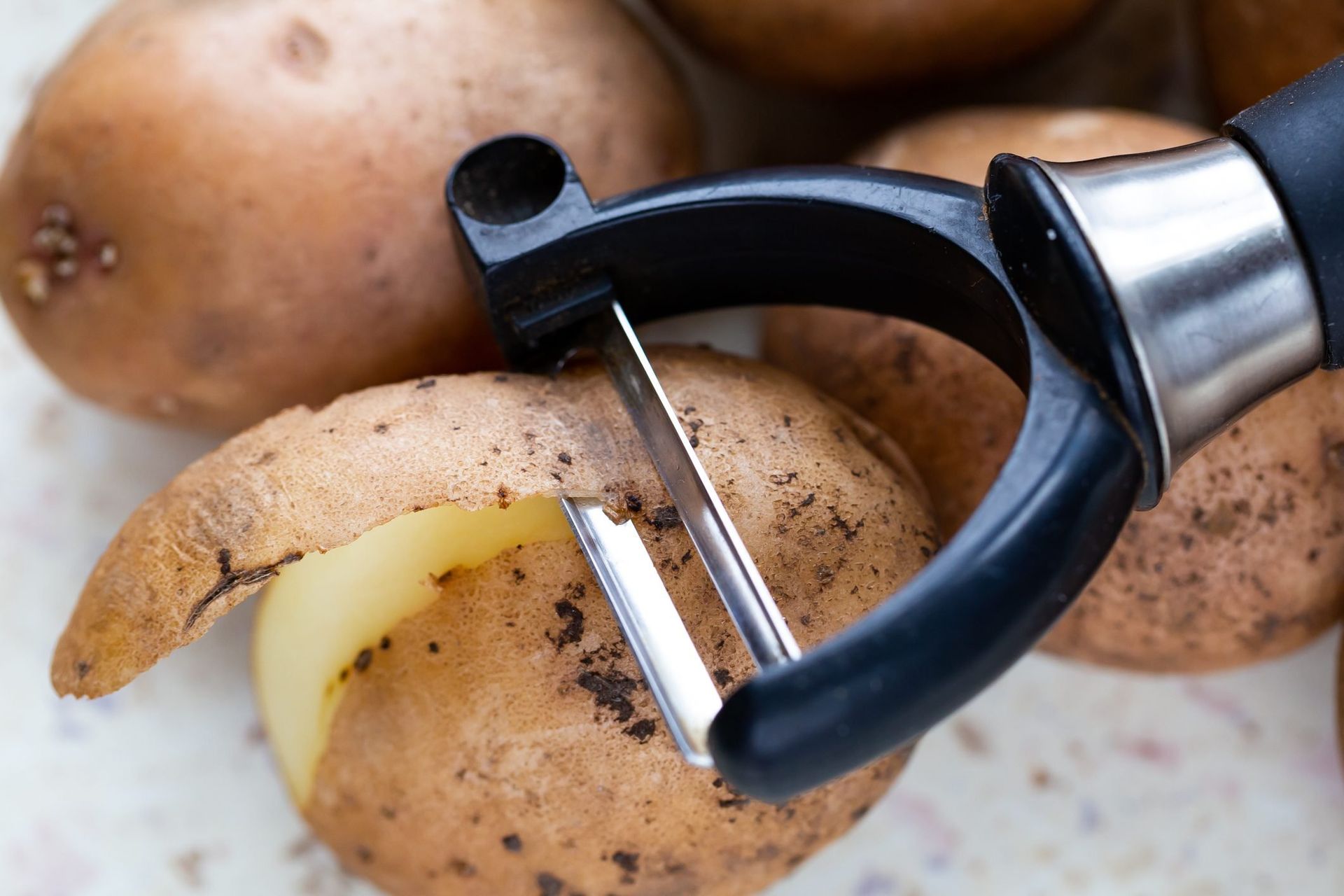
While seemingly harmless, potato peels can create significant issues when disposed of improperly in garbage disposals. The tough skins of potatoes can cause clogging in the disposal unit, leading to potential damage and costly repairs. When a garbage disposal processes potato peels, they often turn into a starchy paste that adheres to the blades and inner components of the unit.
This paste from the potatoes builds up over time, leading to reduced efficiency and possible failure of the garbage disposal. To avoid these problems, properly managing potato peels and other kitchen waste is essential. Instead of using the garbage disposal, consider composting the peels.
If composting is not an option, disposing of potato peels in the trash is a safer alternative. Regular maintenance of the garbage disposal unit is also crucial. Ensuring you clean the trap periodically can help prevent build-up and maintain optimal performance. By taking these precautions, you can extend the life of your garbage disposal and avoid unnecessary repairs.
Additionally, educating oneself on what materials are suitable for garbage disposal can prevent future issues. Potato peels pose a risk, and other fibrous or starchy foods can lead to similar problems. Properly managing waste and understanding the limitations of your garbage disposal unit will save time and money and reduce frustration. These simple steps will ensure a smoother operation and a cleaner kitchen environment.
Potato Skins in Garbage Disposal
Potato skins can pose significant challenges when disposed of in garbage disposals. While discarding potato peels down the sink might seem convenient, this practice can lead to several issues. The primary concern with potato skins is their propensity to form a thick paste when ground up by the disposal unit.
This paste can adhere to the inner walls of the pipes and disposal apparatus, leading to clogging over time. As a result, water flow is severely restricted, and the efficiency of the garbage disposal system is compromised.
Regular maintenance and awareness are crucial to prevent such problems from escalating into more serious plumbing issues. To mitigate the risk of clogging caused by potato peels, it is highly advisable to dispose of them in alternative ways.
Composting is an environmentally friendly option that prevents clogging and produces valuable organic matter for gardening. If composting is not feasible, discarding potato skins in the regular trash can reduce the likelihood of creating a paste that could obstruct the plumbing system. Additionally, it is essential to frequently clean the trap and other components of the garbage disposal unit. This practice helps remove any residual paste or debris before it can cause significant blockages.
While potato peels might seem harmless, their disposal in garbage disposals can lead to complications such as clogging and paste formation. You want to maintain a smoothly operating plumbing system, it is essential to consider alternative disposal methods and keep regular cleaning routines.
Doing so can avoid the inconvenience and potential cost associated with clogged drains and damaged garbage disposal units. Always clean the trap periodically to ensure optimal performance of your disposal system and prevent any buildup of troublesome potato skins.
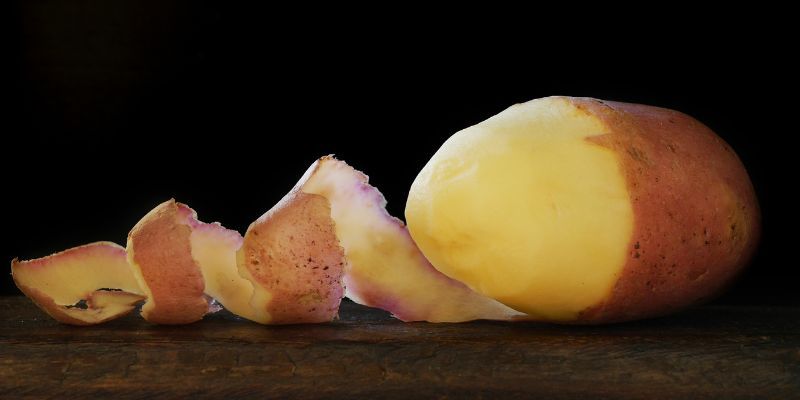
Potatoes are a staple in many Denver households, but their byproducts, such as potato peels and skins, can cause significant issues when not disposed of properly. One common problem is the clogging of garbage disposals. When potato peels and skins are ground up in a garbage disposal, they can form a starchy paste.
This potato peel paste is particularly problematic because it is sticky and resilient, making it likely to adhere to the sides of the disposal unit and pipes. Over time, this potato paste accumulation can lead to significant drain blockages that impede the flow of water and waste.
To prevent such garbage disposal issues, it is essential to clean the trap regularly. The trap is a key component of your plumbing system that captures debris before it can create more severe problems further down the line. By cleaning the trap frequently, you can remove any starchy paste or remnants of potato peels and skins that have begun to accumulate.
Additionally, it is advisable to avoid putting large quantities of potato peels and skins down the garbage disposal altogether.
Instead, consider composting potato peels & skins or disposing of them in the trash. In summary, while potatoes themselves are harmless, their peels and skins can lead to garbage disposal blockages if not managed correctly.
The starchy paste they form is adept at clogging pipes and disposal units. Regular maintenance, such as cleaning the trap, and mindful disposal practices can help mitigate these risks and ensure that your plumbing system remains functional and efficient. Call Drain Brain LLC at 720-322-4845
How To Unclog & Remove Potato Peels In Garbage Disposal?
Unclogging and removing potato peels from your garbage disposal can be a daunting task, but it is essential to maintain the efficiency of your kitchen appliances.
Potato peels and skins are notorious for causing clogs due to their starchy composition, which creates a thick paste when mixed with water. This thick paste sticks to the garbage disposal blades and pipes, clogging and potentially damaging your plumbing system. To address this issue effectively, following a systematic approach to clean and maintain your garbage disposal is important. First, ensure the garbage disposal is turned off and unplugged to avoid any accidents.
Begin by manually removing any visible potato peels or skins from the disposal using tongs or pliers. Be cautious not to damage the blades while doing so. Once the larger pieces are removed, flush the disposal with cold water to help dislodge any remaining paste. Next, mix baking soda and vinegar to break down the starchy residue.
Pour half a cup of baking soda and one cup of vinegar into the disposal, allowing it to fizz and work through the clog. After about 15 minutes, rinse the disposal thoroughly with hot water. If the clog persists, you may need to clean the trap under your sink. The trap is a U-shaped pipe that can accumulate debris, leading to further clogging. Place a bucket underneath the trap to catch any water or debris, then carefully remove the trap and clean it thoroughly.
Reassemble the trap and run water through the system to ensure the clog is cleared. By following these steps, you can effectively unclog and remove potato peels from your garbage disposal, preventing future issues and maintaining the functionality of your kitchen appliances.
Regular maintenance, such as avoiding putting excessive potato peels down the disposal and cleaning the trap periodically, can help keep your garbage disposal running smoothly. Call Drain Brain LLC at 720-322-4845
Potato Peels in a Garbage Disposal- FAQ's
Q.- What steps should you take if you are unable to clear a garbage disposal clog yourself?
A. If you've followed these steps and still find your garbage disposal or drain clogged, it may be time to involve a professional. Persistent clogs can indicate a deeper blockage in your plumbing system that requires specialized equipment or expertise to resolve safely.
At this point, it's best to avoid using chemical drain cleaners, as they can damage your pipes or disposal unit. Instead, reach out to a licensed plumber with experience in addressing stubborn kitchen drain issues. Professional plumbers have the right tools to diagnose problems and can effectively clear out even the toughest clogs, such as those caused by potato peels or food waste.
Don't hesitate to contact a trusted plumbing service if your own efforts are not successful—acting quickly can help prevent bigger problems down the line and keep your kitchen running smoothly.
Q.- How do garbage disposals work to break down waste?
A.-A garbage disposal is a convenient kitchen appliance designed to shred and grind food waste into tiny particles that can be easily flushed down the drain. Rather than relying on sharp blades like a blender, a garbage disposal uses centrifugal force to spin food scraps against a grinding ring, pulverizing them until they are liquefied enough to flow through your plumbing.
This process makes it simpler and more efficient to get rid of certain types of food waste, helping to keep your kitchen clean and reduce the amount of trash sent to the landfill.
Q.- What should you do if your garbage disposal is jammed?
A.-If your garbage disposal isn’t running and you suspect it’s jammed, don’t panic—there’s a safe way to tackle the problem without risking your fingers (or your sanity).
Start by turning off the power to the disposal at the wall switch or circuit breaker. Safety first! Next, look under your sink for a small hex-shaped hole at the bottom of the disposal unit. Most disposals come with an Allen wrench (or you can use a standard 1/4-inch Allen wrench). Insert the wrench into the hole and gently turn it back and forth.
This action helps dislodge any stuck debris and frees up the grinder blades. Once you feel the wrench turn smoothly, remove it and restore power to the unit. Test the disposal by running cold water and turning it on again. If the jam has cleared, you should hear the satisfying hum of a happy, functional disposal. If not, it might be time to give Drain Brain LLC a call for expert help.
Q.- How do you use a hex wrench to free a jammed garbage disposal?
A.- If your garbage disposal refuses to run even after clearing out potato peels and flushing with water, the unit may be physically jammed. In this case, you can use a standard hex (Allen) wrench to free up the impellers and get things moving again.
Here’s how to do it safely:
- Always start by switching off the disposal and unplugging it to avoid any chance of injury.
- Look underneath the disposal unit. You’ll find a small, round slot—this is where your hex wrench comes into play.
- Insert a 1/4-inch Allen wrench (the size most disposals require) into the slot.
- Gently turn the wrench back and forth a few times. This rocking motion helps loosen any jammed debris or starchy paste that’s wedged the blades in place.
- Remove the wrench once the motion feels unobstructed.
- Plug the unit back in and run cold water as you briefly turn the disposal on to check if it’s spinning freely.
This hands-on approach often frees up stubborn jams caused by potato peel buildup, restoring the disposal’s function without the need for professional intervention. If the unit remains stuck after these steps, it may be time to call in a plumbing expert.
Q.- How do you reset a garbage disposal if it stops working?
A.-If your garbage disposal isn’t responding after you’ve cleared out the potato peels, don’t panic—most units have a built-in reset feature. Here’s what you should do:
- Turn Off Power: First, always make sure the disposal is switched off and unplugged, if possible, to avoid any accidental startups.
- Locate the Reset Button: Look for a small red or black button on the underside of the disposal unit—this is the reset button.
- Press the Button: Firmly press the reset button. You should feel it click into place if it had tripped.
- Restore Power: Plug the unit back in or turn its power switch back on.
- Test the Disposal: Flip the wall switch to check if the disposal now runs smoothly.
If the disposal still won’t start after resetting, double-check for any remaining clogs or consult a professional for further assistance. Taking a few moments to reset your unit can often resolve minor operational issues and get your kitchen back up and running.
How to Clean the Drain Trap?
Cleaning the garbage disposal drain trap is a crucial maintenance task to ensure the efficient functioning of your kitchen sink. One common cause of clogging in the drain trap is the accumulation of food waste, particularly potato peels and other vegetable skins. These items can form a paste-like substance that can obstruct water flow and cause unpleasant odors.
To prevent such issues, it is essential to regularly clean the trap and avoid disposing of problematic food waste, such as potato peels and skins, in the garbage disposal. To begin, turn off the power to your garbage disposal to ensure safety. Next, remove any visible food debris from the sink and disposal unit.
If you suspect clogging caused by potato peels or skins, use a flashlight to inspect the drain trap for any blockages. If a paste-like substance is present, it must be carefully extracted and removed. You can use pliers or a wrench to detach the drain trap from the sink plumbing. Once removed, thoroughly clean the trap by rinsing it with hot water and using a brush or cloth to remove any residual paste. After cleaning, reassemble the drain trap and securely tighten all connections.
Turn the power back on and run the water to check for proper drainage. Additionally, avoid future clogging by disposing of potato peels, skins, and other fibrous or starchy materials in the trash or compost, rather than the garbage disposal. Regularly cleaning the trap and practicing mindful disposal habits will help maintain a clean trap and ensure your garbage disposal operates smoothly for years to come.
What Can You Put Down A Garbage Disposal?
A garbage disposal is a convenient kitchen appliance designed to shred and grind food waste into tiny particles that can be easily flushed down the drain. However, it is crucial to know what you can put down a garbage disposal to keep it functioning efficiently and prevent damage.
Understanding How a Garbage Disposal Works
Unlike a blender, garbage disposals don’t use sharp blades to chop up waste. Instead, they harness centrifugal force to smash food scraps against a grinding ring until the material liquefies enough to flow down the pipes. This design is effective for grinding up many types of food waste, but it also means that certain items can cause clogs or damage if not handled properly.
Tip: Always run a steady stream of cold water when operating your disposal. This helps carry the ground-up particles through the system, prevents overheating, and keeps everything moving smoothly.
What You Can Put Down the Disposal
Suitable items for disposal include soft, biodegradable food scraps such as fruit and vegetable peels, small pieces of cooked meat, and leftovers from the dinner plate. While technically biodegradable, coffee grounds should be added in small amounts as they can accumulate and cause clogs over time.
What to Avoid
In addition to knowing what you can put down a garbage disposal, it is equally important to understand what should be avoided. Hard items like bones, pits from fruits, and shells from seafood can damage the blades and motor. Fibrous materials like potato peels, celery stalks, corn husks, and onion skins can wrap around the internal mechanisms, leading to jams and blockages. Grease and oil should also never be poured down the disposal as they can solidify and create persistent clogs in the plumbing.
Maintenance Tip
To maintain the efficiency and longevity of your garbage disposal, running cold water before, during, and after using the unit is beneficial. This helps flush the food particles through the system and prevents overheating. But don't forget the importance of regular cleaning with a mixture of baking soda and vinegar. This proactive step can help eliminate odors and break down any residue buildup, ensuring your garbage disposal remains in optimal working condition for years to come.
To maintain the efficiency and longevity of your garbage disposal, running cold water before, during, and after using the unit is beneficial. This helps flush the food particles through the system and prevents overheating. But don't forget the importance of regular cleaning with a mixture of baking soda and vinegar. This proactive step can help eliminate odors and break down any residue buildup, ensuring your garbage disposal remains in optimal working condition for years to come. Call
Drain Brain LLC at 720-322-4845
